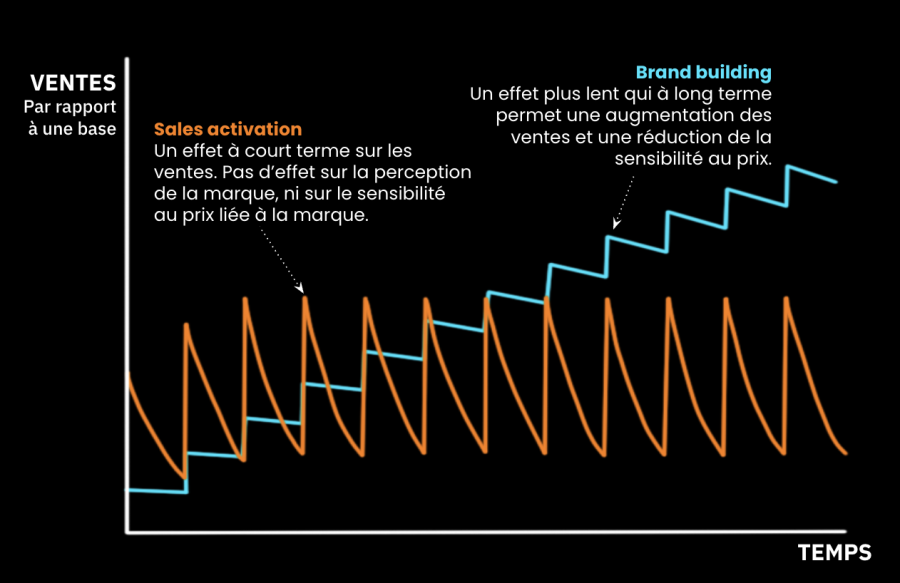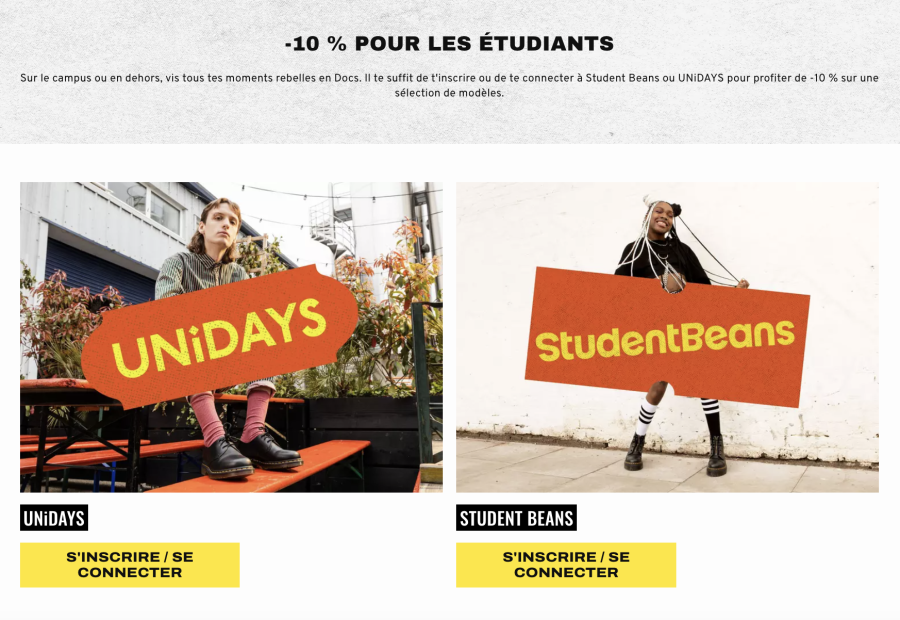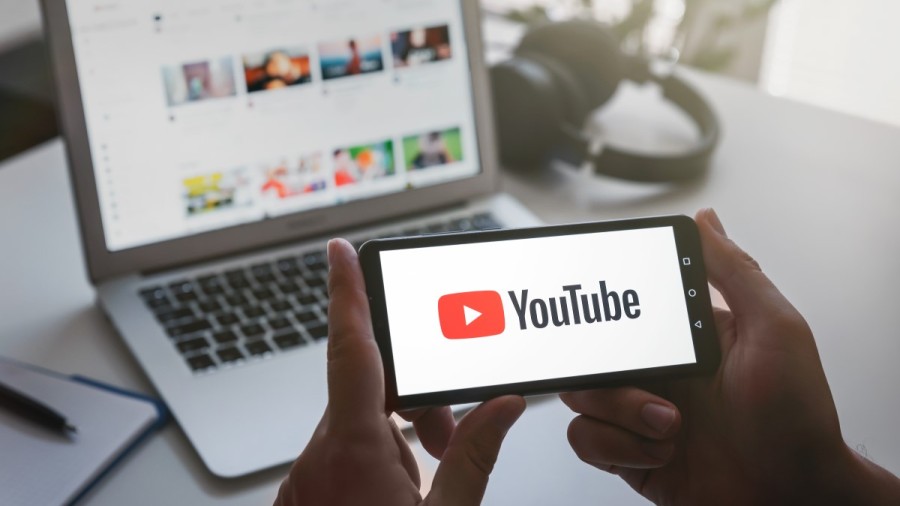United States, somewhere between the 19th and 20th centuries: a businessman solemnly declares the words that will become a marketing credo.
"Half the money I spend on advertising is wasted ; the trouble is I don't know which half."
In the 70s, we discovered that John Wanamaker was only joking about the retention rate of his ads in the Philadelphia dailies, but the damage had already been done and the debate had begun: what's the point of my advertising budget, and how can I save money and still be sure to reach the consumers who are going to come and buy things from me ?
A digital revolution and a few social networks later, we're thinking that data could help us solve this equation : we can finally target the people we're sure to interest !
Well, it's not that simple, otherwise all brands would be performing and getting a great ROI on their advertising investments. Marketing teams the world over would live in peace, knowing exactly what to do to achieve their objectives, and CEOs would not question advertising budgets... Social peace between agencies and advertisers would finally be achieved! Anyway, enough daydreaming, we realize that we're not there yet.
BRANDING AND ACTIVATION
If we take the well-known conversion tunnel - which traces a prospect's journey through your sales path - at both ends, we can discern two ways of communicating when a brand speaks.
Performance-based sales activation: at the very bottom of the sales tunnel, this communication is designed to encourage purchase, action and conversion. It's all about promotions, putting the product in front of you with a big CTA.
Branding: here we work on the brand image, highlighting our values. Think of the big, obvious Nike-style ad.
The mistake here would be to summon our poor Wanamaker, who obviously has other things to do, and have him say that sales activation is great, that at least on my banner I can measure my click-through rate, whereas branding - can we calculate its ROI?
Thankfully, it's not just our ability to collect data that has progressed, it's also our comprehension of marketing, thanks to the work of people like Peter Field and Les Binet. In The Long and Short of It, these two experts draw on data from over 996 campaigns covering more than 700 brands in 83 categories to give us a clearer picture.
They conclude that sales-activating operations have very immediate effects, but are also limited in time, whereas branding increases sales over the long term and in a sustainable way.

So the question is clear-cut: make great manifesto films and sales will eventually go through the roof. Once again, it's not that simple.
THERE'S NO REASON TO PIT SALES ENABLEMENT AGAINST BRANDING
These two ways of communication serve the same purpose: to increase sales (or to increase the value of products, and therefore sales by value). What's more, they're not mutually exclusive; Peter Field and Les Binet even recommend combining them, arguing that branding should be 60/40.
Lastly, they feed off each other: branding ensures the brand's recognition, value and presence in the mind, from which activations draw for greater effectiveness.

A good example of this is the strategy deployed by Dr.Martens. The brand positions itself as a rebel at heart, partnering social struggles and protest music movements since 1960 with its "made strong since 1960" campaign. And because it's well done, it's even based on a product benefit.
At the same time, it offers a permanent promotion to students, its core target. Students are seduced by the brand's message, and the promotion acts as a purchase trigger.
With a brand built patiently over the years, you get a iconic product that continues to sell year after year.

RETHINK OUR VISION OF ADVERTISING
Adopting this way of communicating requires us to rethink the way we measure the effectiveness of a speech. This means defining relevant KPIs, depending on whether we're talking about sales activation or branding. So, depending on the campaign's objective, we'll talk about click-through rates or spontaneous/assisted awareness.
On top of this, we need to think of our campaigns as ecosystems, not as one-shots. A branding campaign must run alongside content aimed at generating immediate sales. Each will be deployed on different channels: for example, a TV ad or YouTube pre-roll for branding and reach, and ads between two Instagram posts for conversion and sales.
At Kazam! we're here to help brands achieve their business objectives. Don't hesitate to contact us if you need a complete communications ecosystem, and we'll be happy to make you a great TV movie and memorable activations, or something more clever to fit your budget.
And don't hesitate to subscribe/follow us on social networks so you don't miss any of our upcoming strategy tips !
Written by Gabriel, Strategic Planner at Kazam!



